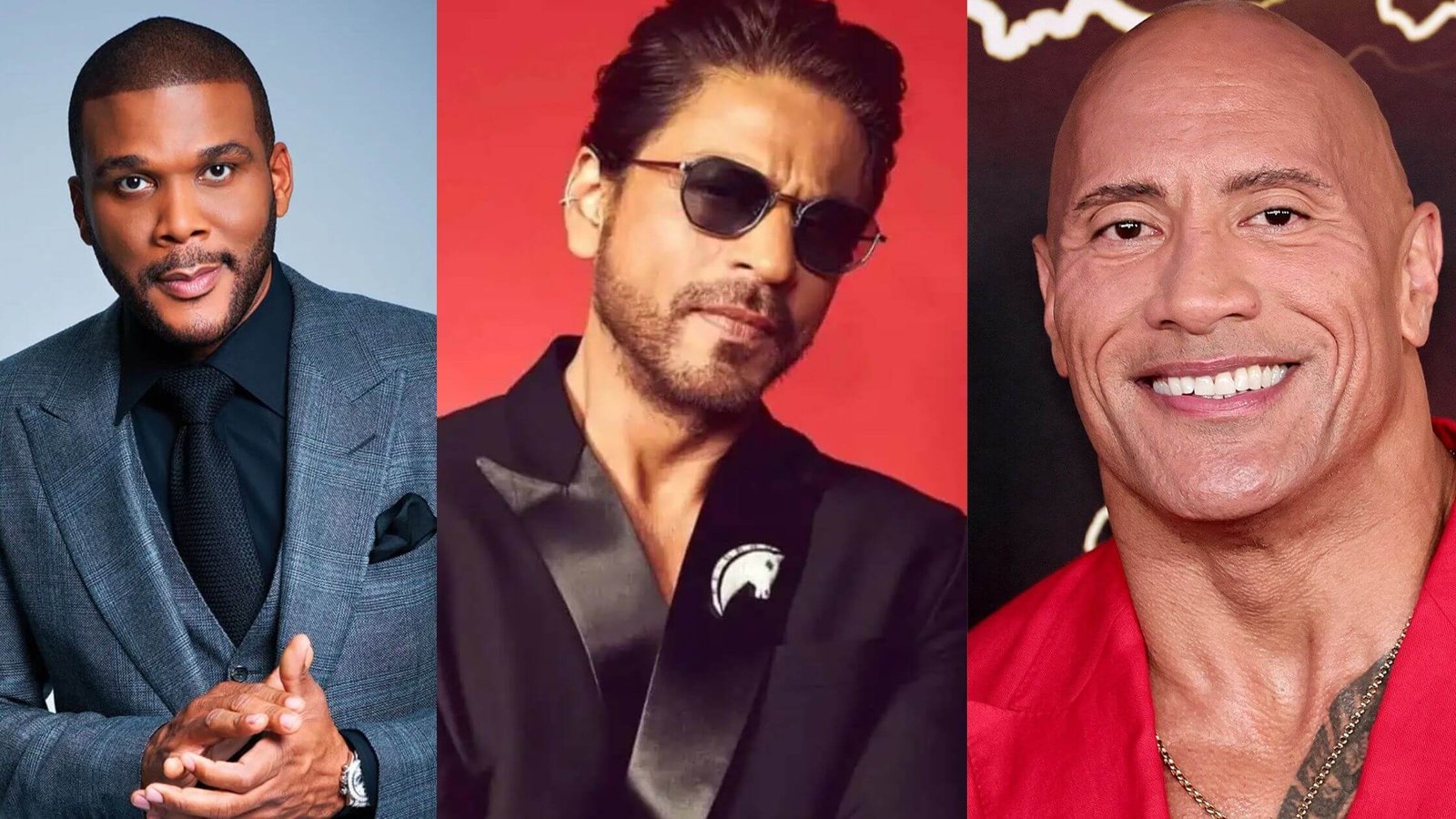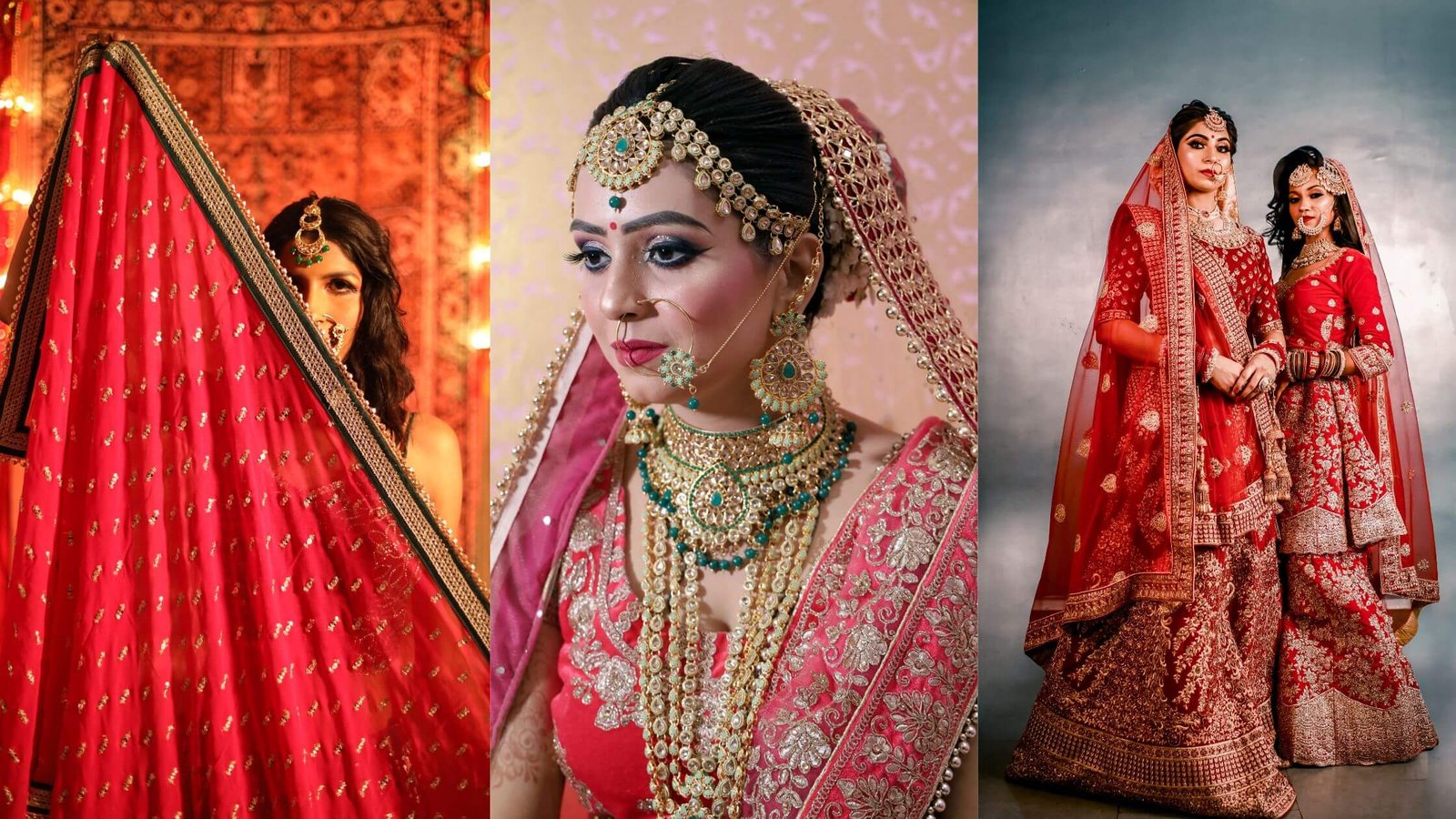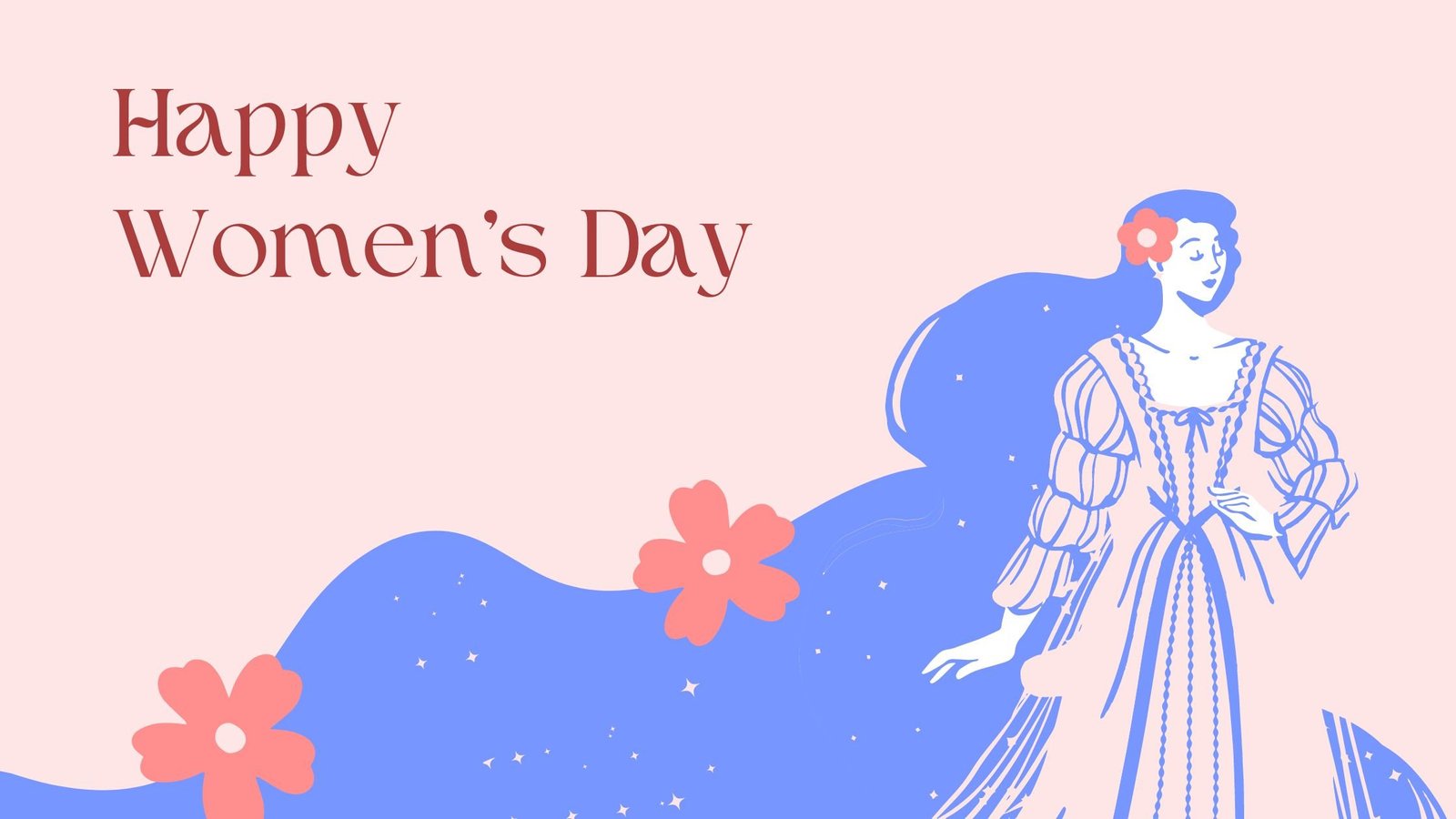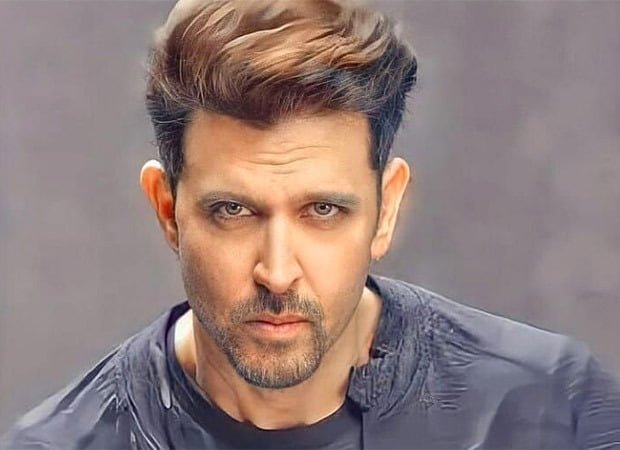Women-centric Indian films have been gaining popularity in recent years as more filmmakers are choosing to tell stories that focus on the experiences of women. These films are not only breaking the traditional norms of Indian cinema but also challenging the gender stereotypes that have long been prevalent in Indian society.
Bollywood, the Indian film industry, has contributed to the rise of women-centric films in India. While there have been women-centric films in Bollywood for many years, the trend has gained momentum in recent times. These films not only showcase the talent of female actors but also highlight important social issues such as gender equality and women’s empowerment.
Women-centric films in India are not limited to one genre; they span across various genres such as drama, comedy, and action. These films not only entertain but also educate and inspire audiences. They serve as a reminder that women are capable of achieving great things and that their stories deserve to be told.
Historical Context of Women in Indian Cinema
Indian cinema has a rich history of portraying women in various roles. From being a mere object of desire to a strong, independent character, the portrayal of women in Indian cinema has evolved over the years. In this section, we will explore the historical context of women in Indian cinema, including pioneering films and actresses, and the evolution of female roles.
Pioneering Films and Actresses
One of the earliest films that portrayed women in a strong role was “Mother India” (1957). The film depicted the struggles of a single mother who fights against all odds to raise her children. The film was a commercial success and was nominated for an Academy Award for Best Foreign Language Film.
Another film that broke new ground was “Bandit Queen” (1994), which was based on the life of Phoolan Devi, a woman who became a bandit and sought revenge against those who had wronged her. The film was controversial and faced several hurdles before it was released, but it was critically acclaimed and won several awards.
Evolution of Female Roles
Over the years, the portrayal of women in Indian cinema has evolved. In the 1980s and 1990s, women were mostly portrayed as submissive and dependent on men. However, in the early 2000s, there was a shift in the portrayal of women in Indian cinema.
Films like “Arth” (1982), “Lajja” (2001), and “Chandni Bar” (2001) depicted women in strong, independent roles. These films addressed issues like domestic violence, gender inequality, and societal biases. They also portrayed women as individuals who could make their own choices and live life on their own terms.
In conclusion, the portrayal of women in Indian cinema has come a long way. From being objectified to being portrayed as strong, independent characters, the evolution of female roles in Indian cinema is a reflection of the changing times.
Notable Women-centric Films
India has produced a number of women-centric films that have helped to change the face of Indian cinema. These films showcase the talent and strength of women in the film industry and have been appreciated by audiences and critics alike. Here are some of the most notable women-centric films:
The Dirty Picture

The Dirty Picture, starring Vidya Balan, is a biographical drama film based on the life of Silk Smitha, a South Indian actress who worked predominantly in Tamil, Telugu, and Malayalam films. The film explores the life of Silk Smitha and the challenges she faced in her career. Vidya Balan’s performance in the film was highly praised and earned her several awards.
Queen

Queen, starring Kangana Ranaut, is a coming-of-age comedy-drama film that tells the story of Rani, a shy and introverted girl from Delhi who goes on her honeymoon alone after her fiancé calls off their wedding. The film explores Rani’s journey of self-discovery and empowerment. Kangana Ranaut’s performance in the film was widely acclaimed and earned her several awards.
Kahaani

Kahaani, starring Vidya Balan, is a thriller film that tells the story of a pregnant woman who travels to Kolkata in search of her missing husband. The film explores the themes of motherhood, sacrifice, and revenge. Vidya Balan’s performance in the film was highly praised and earned her several awards.
English Vinglish
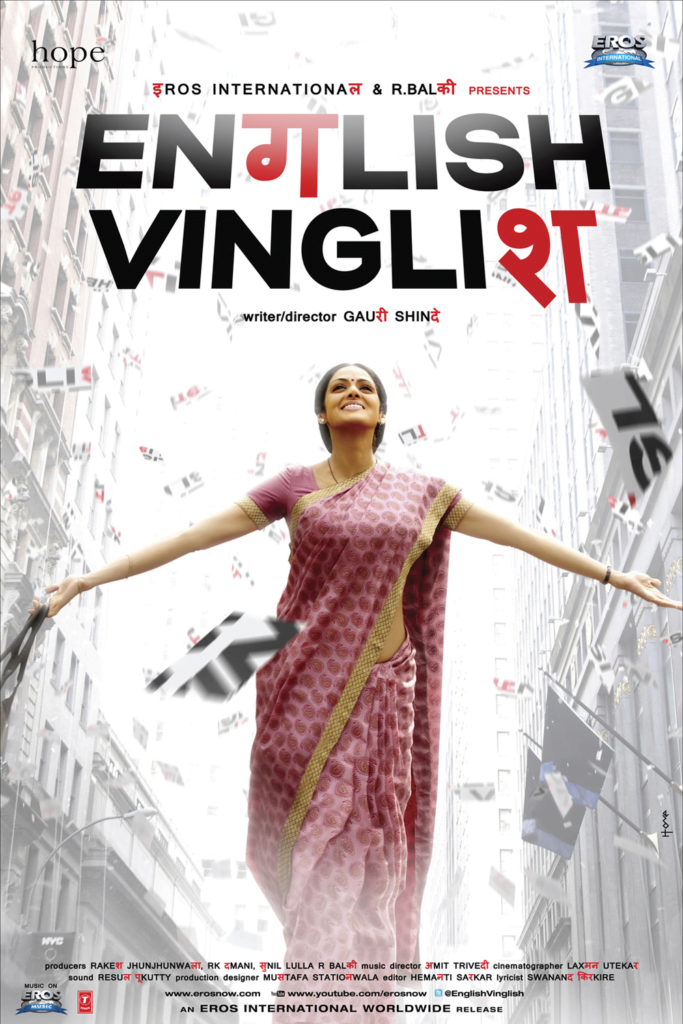
English Vinglish, starring Sridevi, is a comedy-drama film that tells the story of a housewife who enrolls in an English language course to please her husband and family. The film explores the themes of self-discovery, empowerment, and the importance of language. Sridevi’s performance in the film was widely acclaimed and earned her several awards.
Mardaani

Mardaani, starring Rani Mukherjee, is an action thriller film that tells the story of a female police officer who takes on the task of rescuing a young girl who a human trafficking racket has kidnaped. The film explores the themes of women’s safety, empowerment, and the fight against corruption. Rani Mukherjee’s performance in the film was highly praised and earned her several awards.
Pink

Pink, starring Taapsee Pannu, is a courtroom drama film that tells the story of three women who are falsely accused of soliciting sex. The film explores the themes of women’s safety, consent, and the fight against patriarchy. Taapsee Pannu’s performance in the film was highly praised and earned her several awards.
These women-centric films have not only entertained audiences but have also helped to change the way women are portrayed in Indian cinema. They have given a voice to women and have shown that they are capable of leading films and telling their own stories.
Themes and Narratives
Women-centric Indian films have been instrumental in promoting gender equality and challenging the patriarchal norms prevalent in Indian society. These films have explored various themes and narratives that highlight the struggles, aspirations, and achievements of women.
Patriarchy and Gender Roles
One of the most prominent themes in women-centric Indian films is the critique of patriarchy and traditional gender roles. These films challenge the notion that women are inferior to men and should confine themselves to domestic roles. Instead, they celebrate the strength, resilience, and agency of women who defy societal expectations and pursue their dreams.
Crime and Justice
Another common theme in women-centric Indian films is crime and justice. These films often depict women who are victims of violence, abuse, or discrimination, and who fight back against their oppressors. They highlight the need for a fair and just legal system that protects the rights of women and ensures that perpetrators are held accountable for their actions.
Family and Society
Women-centric Indian films also explore the complex relationships between women, their families, and society. They examine the expectations, pressures, and conflicts that arise when women challenge traditional norms and pursue their own goals. These films often show how women navigate the tensions between their personal aspirations and their responsibilities towards their families and communities.
In conclusion, women-centric Indian films have been instrumental in promoting gender equality and challenging patriarchal norms in Indian society. These films explore a wide range of themes and narratives that highlight the struggles, aspirations, and achievements of women. They provide a powerful platform for women to express themselves, inspire others, and effect social change.
Biopics and True Stories
https://www.youtube.com/watch?v=xmcW6ZfgO40
Indian cinema has seen a rise in women-centric movies in recent years, with many films based on true stories and biopics of influential women. These movies have not only entertained the audience but also inspired and empowered women across India. In this section, we will discuss some of the best biopics and true-story based movies that have been made in India.
Sport Biopics
Sport biopics have been a popular genre in Indian cinema, and many of these movies have been based on the lives of women athletes. One such movie is “Mary Kom,” which is a biopic of the Indian boxer Mary Kom. The movie depicts her journey from a small village in Manipur to becoming a world champion boxer. Another movie in this genre is “Saina,” which is a biopic of the badminton player Saina Nehwal. The movie showcases her struggles and journey to becoming the first Indian woman to win a medal in badminton at the Olympics.
Other Influential Women
Apart from sport biopics, there have been many movies based on the lives of other influential women. “Gunjan Saxena: The Kargil Girl” is a biopic of Gunjan Saxena, the first Indian Air Force woman officer who went to war. The movie showcases her journey and struggles to become a pilot in a male-dominated profession. “Gangubai Kathiawadi” is a biopic of a woman who was forced into prostitution but eventually became a powerful figure in the red-light district of Mumbai. “Chhapaak” is a movie based on the life of an acid attack survivor and activist Laxmi Agarwal. The movie depicts her journey of fighting for justice and raising awareness about acid attacks. “Shakuntala Devi” is a biopic of the Indian mathematician Shakuntala Devi. The movie showcases her extraordinary abilities and achievements in the field of mathematics.
These movies have not only entertained but also educated and inspired the audience. They have shed light on the struggles and achievements of women in India, and have helped in breaking stereotypes and empowering women.
Impact and Reception

Critical Acclaim
Women-centric Indian films have garnered critical acclaim both domestically and internationally. Many of these films have been selected for prestigious film festivals such as the Sundance Film Festival, where they have received positive reviews for their storytelling, performances, and themes. For example, the film “National Champion” directed by Mitali Ghoshal, which deals with the issue of gender equality in sports, was selected for the Sundance Film Festival in 2022 and received critical acclaim for its nuanced portrayal of the challenges faced by female athletes in India.
Box Office Performance
Women-centric Indian films have also performed well at the box office, challenging the notion that films with female protagonists are not commercially viable. Many of these films have generated significant revenue and have been profitable for their producers. For example, the film “Dignity” directed by R.S. Prasanna, which deals with the issue of domestic violence, was a commercial success and grossed over 100 crores at the box office.
Cultural Influence
Women-centric Indian films have also had a significant cultural influence, sparking conversations and debates about gender equality, women’s rights, and social issues. These films have helped to shift the narrative around women in Indian cinema, challenging stereotypes and providing more nuanced and complex portrayals of female characters. For example, the film “Lipstick Under My Burkha” directed by Alankrita Shrivastava, which deals with the issue of female sexuality, sparked a nationwide conversation about women’s rights and censorship in India.
Overall, women-centric Indian films have had a significant impact on the film industry, challenging stereotypes, and providing more diverse and inclusive representation. These films have garnered critical acclaim, performed well at the box office, and had a significant cultural influence, sparking conversations and debates about important social issues.
Key Personalities in Women-centric Films

Actresses
Several actresses have made a significant contribution to the success of women-centric films in India. Vidya Balan is known for her powerful performances in movies like “Kahaani” and “The Dirty Picture,” which have helped to break the stereotype of women’s roles in Indian cinema. Kangana Ranaut has also played a vital role in changing the narrative of women’s representation in Indian films. Her performances in movies like “Queen” and “Manikarnika” have been critically acclaimed.
Other actresses who have made their mark in women-centric films include Alia Bhatt, who starred in “Raazi,” and the late Sridevi, who starred in “English Vinglish.” Taapsee Pannu has also been praised for her performances in movies like “Pink” and “Thappad.”
Directors and Producers
Several directors and producers have played a significant role in promoting women-centric films in India. Sanjay Leela Bhansali is known for his grandeur and larger-than-life films, but he has also produced films like “Mary Kom” and “Padmaavat,” which have strong female leads. Anubhav Sinha is another director who has directed and produced several women-centric films, including “Mulk” and “Thappad.”
Meghna Gulzar, known for directing “Raazi,” is another director who has made a mark in the women-centric genre. Karan Johar, who is known for his larger-than-life films, has also produced several women-centric films, including “Dear Zindagi” and “Kapoor & Sons.”
Writers and Activists
Several writers and activists have also played a significant role in promoting women-centric films in India. Amole Gupte, known for writing and directing “Stanley Ka Dabba,” has also written the screenplay for “Taare Zameen Par,” which deals with the issue of dyslexia in children. Madhur Bhandarkar, known for directing hard-hitting films like “Fashion” and “Page 3,” has also directed “Chandni Bar,” which deals with the issue of bar dancers in Mumbai.
Writers and activists like Nandita Das and Swara Bhaskar have also been vocal about the need for more women-centric films in India. They have spoken out against the objectification of women in films and have advocated for more realistic and nuanced portrayals of women on screen.
Challenges and Controversies

Censorship and Bans
Women-centric Indian films have often faced censorship and bans due to their depiction of sensitive and controversial topics. One such film is “Lipstick Under My Burkha,” which was initially denied certification by the Central Board of Film Certification (CBFC) for being “lady-oriented.” The film explores the sexuality of four women from different age groups and backgrounds, and their struggles to break free from societal norms. The CBFC’s decision sparked widespread criticism and protests from filmmakers and activists, who called for a more liberal approach towards women’s issues in cinema.
Similarly, “Page 3,” a film that exposes the dark side of the glamour industry, faced censorship for its portrayal of drug abuse and sexual harassment. The film was initially denied certification, but after a long legal battle, it was eventually released with an ‘A’ certificate. Such incidents highlight the need for a more open and progressive approach towards women-centric films in India.
Representation and Criticism
Women-centric films have also faced criticism for their representation of women and their issues. The film “Dhaakad,” which features a female protagonist, faced backlash for its portrayal of violence and objectification of women. Critics argued that the film reinforced gender stereotypes and glorified violence, which could have a negative impact on society.
On the other hand, films like “Queen” and “Pink” have been praised for their realistic portrayal of women and their struggles. These films depict women as strong and independent individuals who are capable of making their own decisions and standing up for themselves. They have received critical acclaim and have been successful at the box office, indicating a growing acceptance of women-centric films in India.
Overall, women-centric films in India continue to face challenges and controversies, but they also provide a platform for women’s voices and stories to be heard. As the industry evolves, it is important to strike a balance between artistic freedom and responsible representation of women and their issues.
Future of Women-centric Films
Women-centric films have come a long way in the Indian film industry. With the rise of female protagonists and the increasing demand for gender equality, it is no surprise that the future of women-centric films looks promising. Here are some emerging trends and new narratives that are shaping the future of women-centric films in India.
Emerging Trends
One emerging trend is the focus on personal lives of female characters. This trend is a refreshing change from the stereotypical portrayal of women as objects of desire or as supporting characters in male-dominated storylines. Women-centric films are now exploring the complexities of female characters and their personal lives, including their struggles, triumphs, and relationships.
Another trend is the representation of race and ethnicity. Women-centric films are now featuring characters from diverse backgrounds, and exploring the challenges they face. This trend is an important step towards creating a more inclusive and diverse film industry.
New Narratives
New narratives are also emerging in women-centric films. These narratives are challenging traditional gender roles and exploring new themes. For example, some films are exploring the relationship between women and land, and the impact of land ownership on women’s lives. Other films are exploring the challenges faced by women in male-dominated fields, such as politics and business.
Overall, the future of women-centric films in India looks bright. With new narratives and emerging trends, women-centric films are becoming more inclusive, diverse, and representative of the complexities of women’s lives. As the demand for gender equality continues to grow, it is likely that women-centric films will play an increasingly important role in shaping the Indian film industry.
Frequently Asked Questions
What are some of the top women-centric Indian films of the last decade?
The last decade has seen an increase in the number of women-centric Indian films. Some of the top women-centric Indian films of the last decade include “Queen,” “Kahaani,” “English Vinglish,” “Pink,” “Tumhari Sulu,” “Lipstick Under My Burkha,” and “Piku.” These films have gained critical acclaim for their portrayal of strong, independent women who challenge societal norms and stereotypes.
How do women-centric Indian films portray female characters?
Women-centric Indian films portray female characters in a variety of ways. These films often focus on the struggles and challenges faced by women in Indian society, including gender discrimination, domestic violence, and societal biases. Female characters in these films are often portrayed as strong, independent, and empowered, challenging traditional gender roles and stereotypes.
What are the highest-grossing women-centric Indian films in Bollywood?
Some of the highest-grossing women-centric Indian films in Bollywood include “Tanu Weds Manu Returns,” “Queen,” “Piku,” “Kahaani,” and “English Vinglish.” These films have not only been commercially successful but have also gained critical acclaim for their portrayal of strong, independent women.
Which Indian films focused on gender discrimination have gained critical acclaim?
Several Indian films focused on gender discrimination have gained critical acclaim, including “Lipstick Under My Burkha,” “Pink,” “Mardaani,” “Chhapaak,” and “Article 15.” These films have shed light on important social issues and have sparked conversations about gender discrimination and women’s rights in Indian society.
Can you recommend women-centric Indian films available on Netflix?
Some recommended women-centric Indian films available on Netflix include “Ludo,” “The White Tiger,” “Gunjan Saxena: The Kargil Girl,” “Bulbbul,” and “Dolly Kitty Aur Woh Chamakte Sitare.” These films have been praised for their portrayal of strong female characters and their exploration of important social issues.
Are there any notable Indian films that explore the theme of gender transformation?
Yes, there are several notable Indian films that explore the theme of gender transformation, including “Laxmii,” “Super Deluxe,” and “Nagarkirtan.” These films have been praised for their sensitive portrayal of gender identity and for challenging societal norms and stereotypes surrounding gender.


